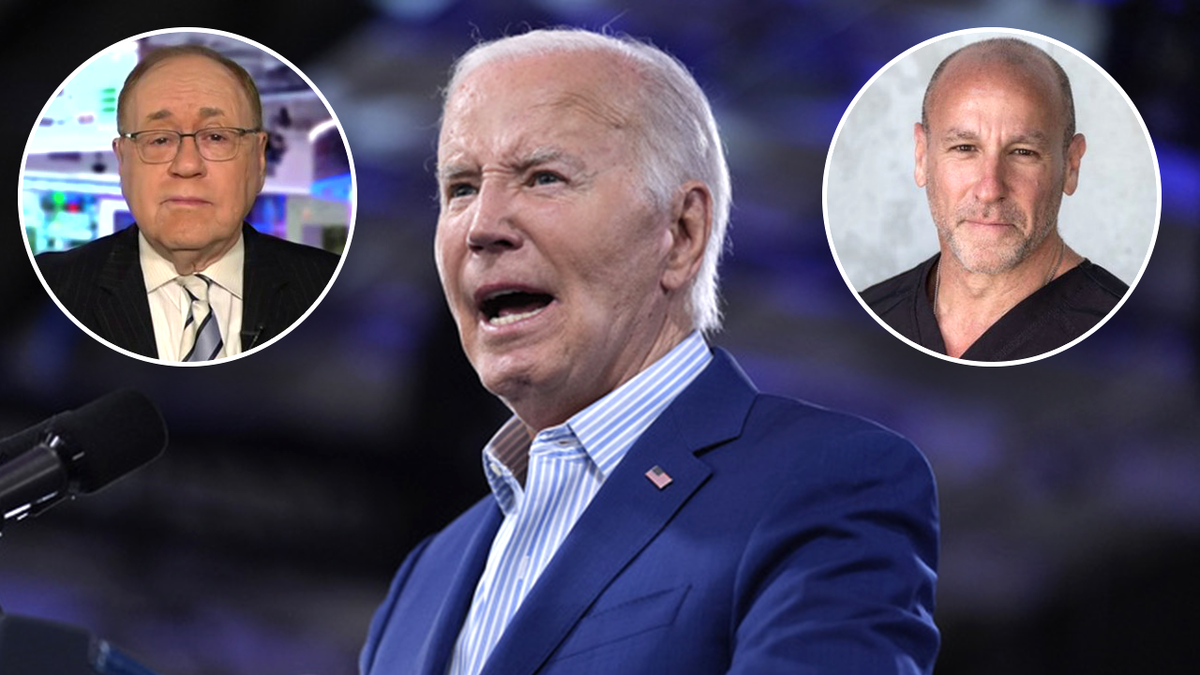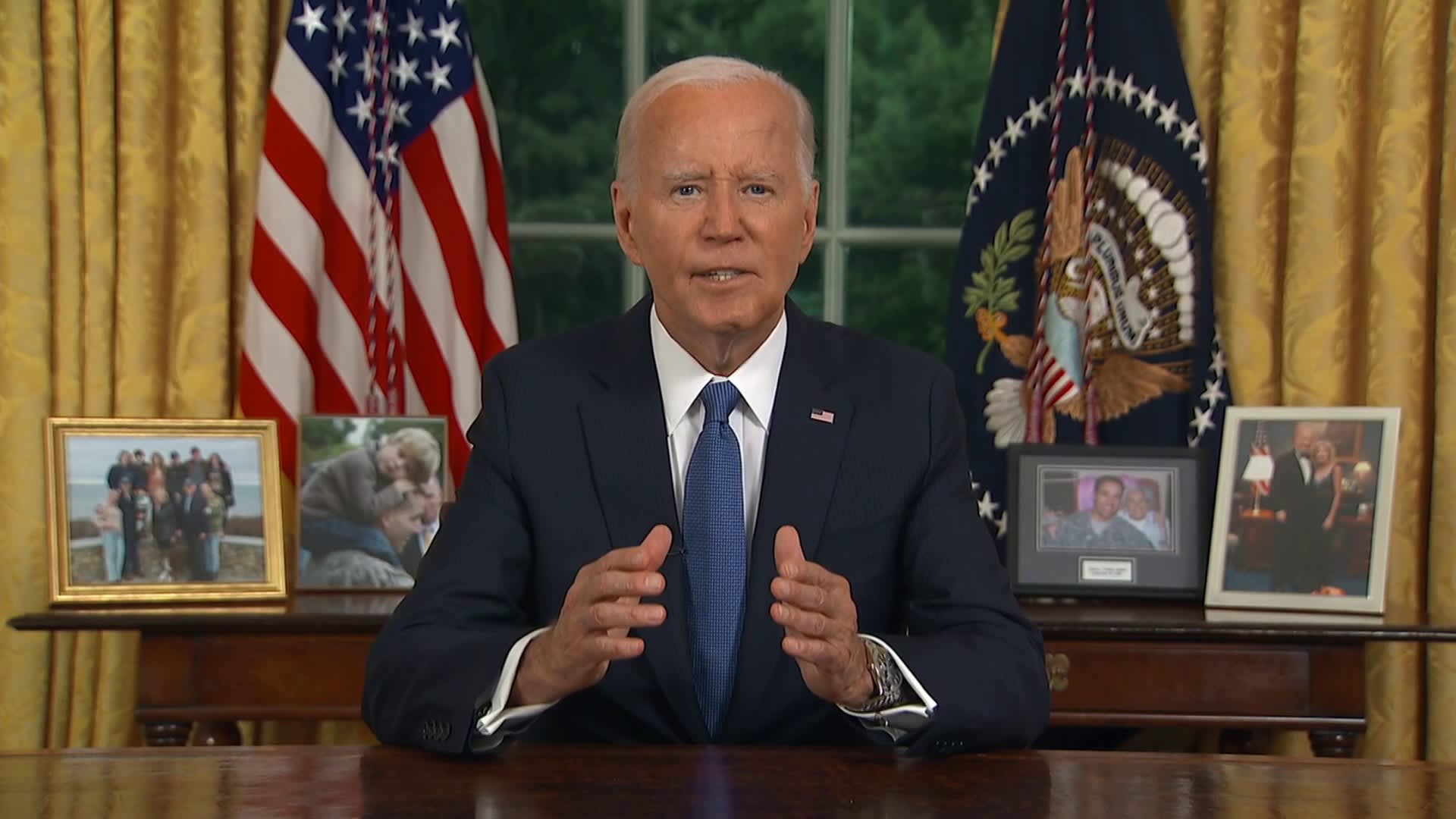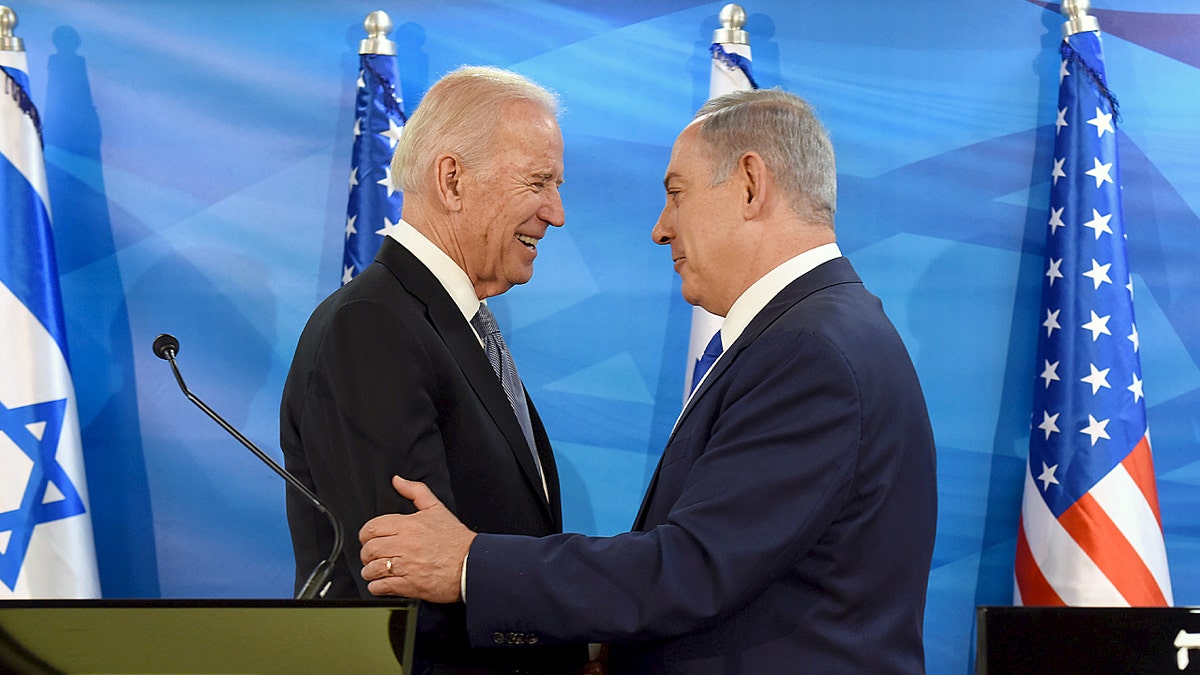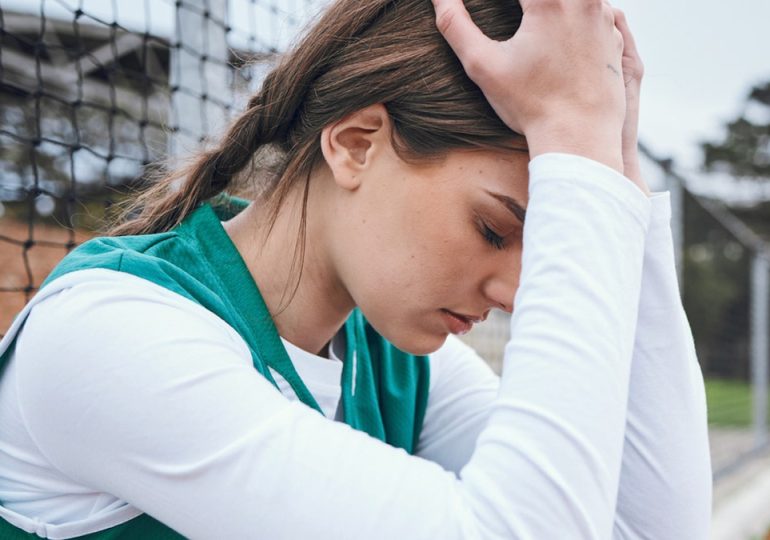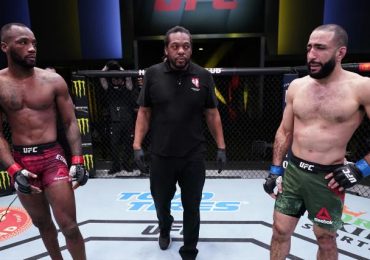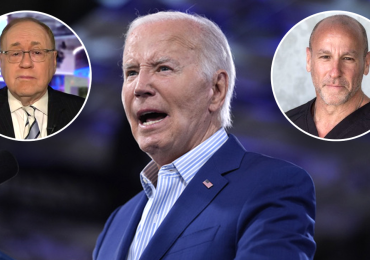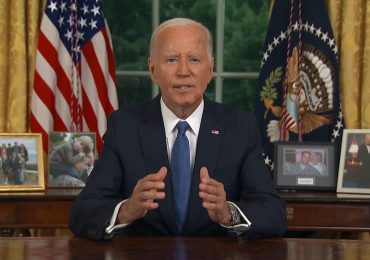With some 70% of teenagers and children dropping out of organized sports by age 13, experts are chiming in on potential reasons for early burnout.
The dropout stat was revealed in a new report from the American Academy of Pediatrics (AAP) — “Overuse Injuries, Overtraining, and Burnout in Young Athletes” — published in the journal Pediatrics on Jan. 22.
Given the growing trend of young athletes participating on multiple teams at the same time while training year-round, pediatricians told Fox News Digital they’re seeing more cases of burnout and stress injuries at young age.“Burnout is real and it’s something that parents and coaches have to be attuned to,” Dr. James Barsi, a pediatric orthopedic surgeon at Stony Brook Children’s Hospital on Long Island, New York, who is not affiliated with the AAP report, said to Fox News Digital.
A current quarterback of a high school football team, who also plays travel baseball on Long Island, New York, said he sees burnout among some of his peers.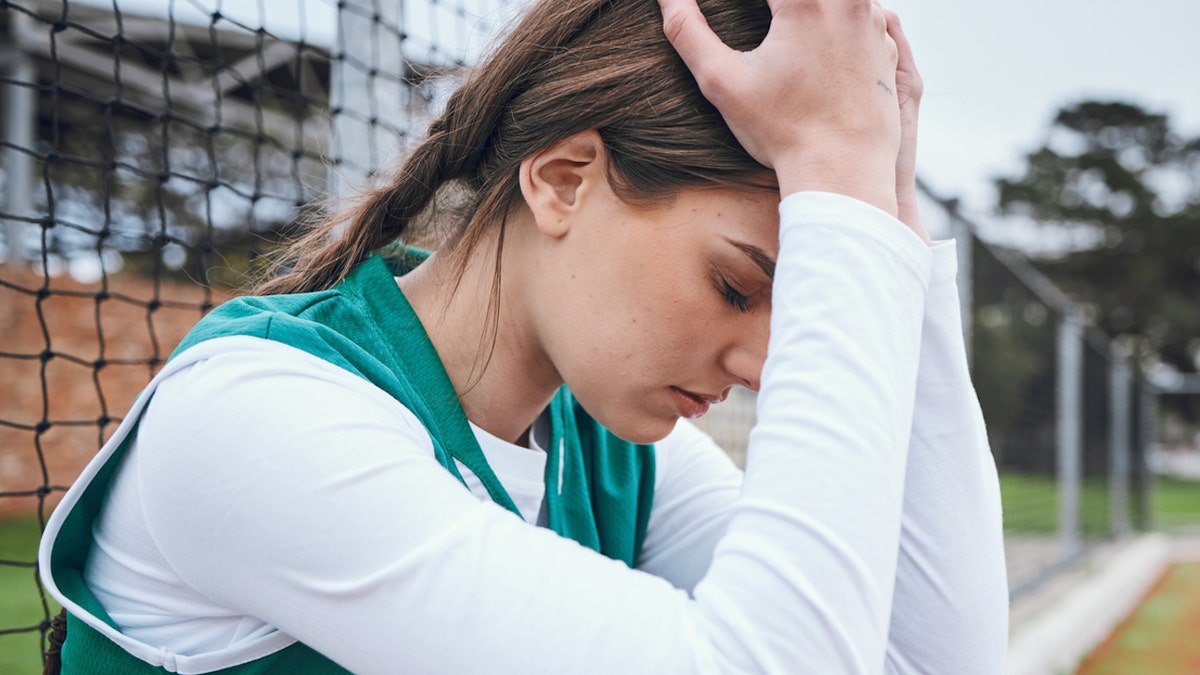
Approximately 70% of teenagers and children drop out of organized sports by the age of 13, a new report found. (iStock)
The AAP report, which was an update to a previous report published in 2007, said overscheduling and excessive levels of training could lead to burnout, contributing to the high dropout rate in sports.
This intense volume of training could also affect a young athlete’s sense of well-being
and quality of life, the report noted.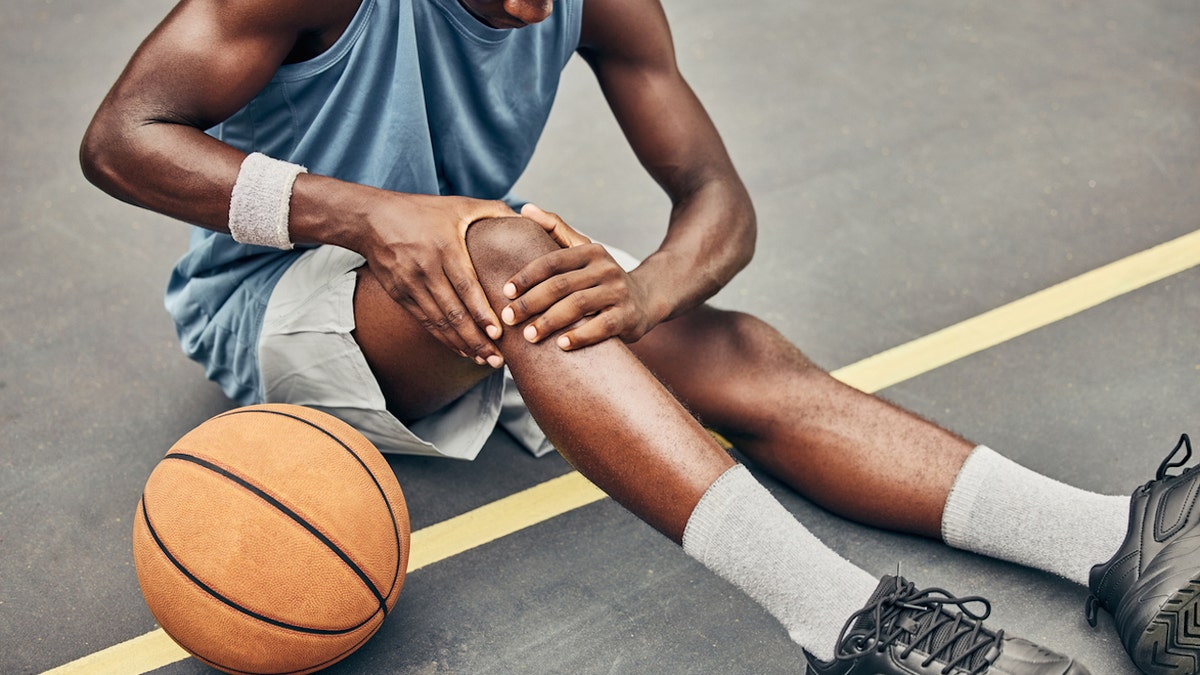
There’s a growing trend of young athletes participating in multiple teams at the same time — and pediatricians say they are seeing more cases of burnout and stress injuries. (iStock)
“Whether training is specialized or multisport, it becomes a problem when an athlete no longer has any free play time or opportunity to engage in other non-sport-related activities,” Dr. Andrew Watson, M.D., co-author of the report, said in a news release.
“The old saying ‘no pain, no gain’ doesn’t necessarily hold true.”
Some level of stress can be productive, experts agree — but excessive amounts can become a problem.
“Athletic competition and training will always prompt some stress that, when delivered in an appropriate way, leads to adaptation, success and enjoyment,” Watson said
“When that stress becomes excessive, it can lead to burnout.”
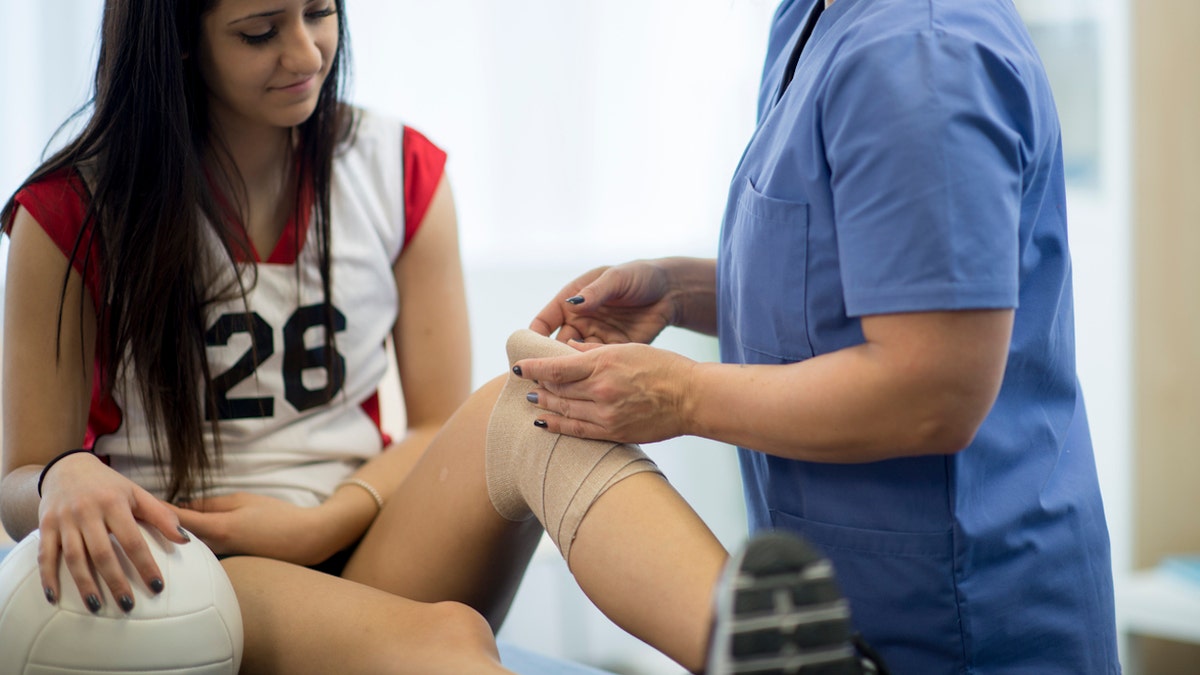
The new AAP report noted that overscheduling and excessive levels of training could lead to burnout, contributing to the high dropout rate in sports among young people. (iStock)
The AAP defines overtraining as “a decrease in performance due to an imbalance of training and recovery that is often accompanied by persistent fatigue, impaired sleep and alterations in mood.”
Dr. Kristin Hopkins, director of the Women’s Sports Medicine Center at Stony Brook Medicine and team physician at Stony Brook University athletics on Long Island, New York, was not affiliated with the report but commented on it.
She said that in today’s sports landscape, there is “no off-season” for kids who are passionate about one sport and have aspirations to play that sport in college — which can leave young athletes at risk for burnout and injuries.
KIDS WHO CONSUME ENERGY DRINKS ARE MORE PRONE TO MENTAL HEALTH DISORDERS, STUDY FINDS
“That sort of continuous play can put kids’ joints at risk for what we call overuse injuries, things we weren’t really seeing before, because a kid would play a sport for a season and then move on to another sport and use a different muscle group,” Hopkins told Fox News Digital.
‘Micro-trauma’ to bone and soft tissue
An overuse injury typically occurs when the body is exposed to repetitive stress without enough recovery time, the AAP noted.
This can lead to “cumulative micro-trauma” to bone and soft tissue, such as muscles or tendons.
Pain typically occurs after an activity and then progresses to occurring even at rest, the report said.
A New York pediatric orthopedic surgeon said he is seeing spine stress fractures about 10 times a month.
It’s important that athletes incorporate rest days and stretching in their workout regimen, physicians said.
“So often, these kids are really tight at baseline, which is probably a combination of not stretching, going through a little bit of a growth spurt and just getting tight naturally,” Barsi said. “When you’re tight, you get predisposed to these injuries, so stretching can actually prevent them.”
He also said athletes should listen to their bodies.
“Pain is their body’s way of telling them to take it easy,” he said. “The old saying ‘no pain, no gain’ doesn’t necessarily hold true.”
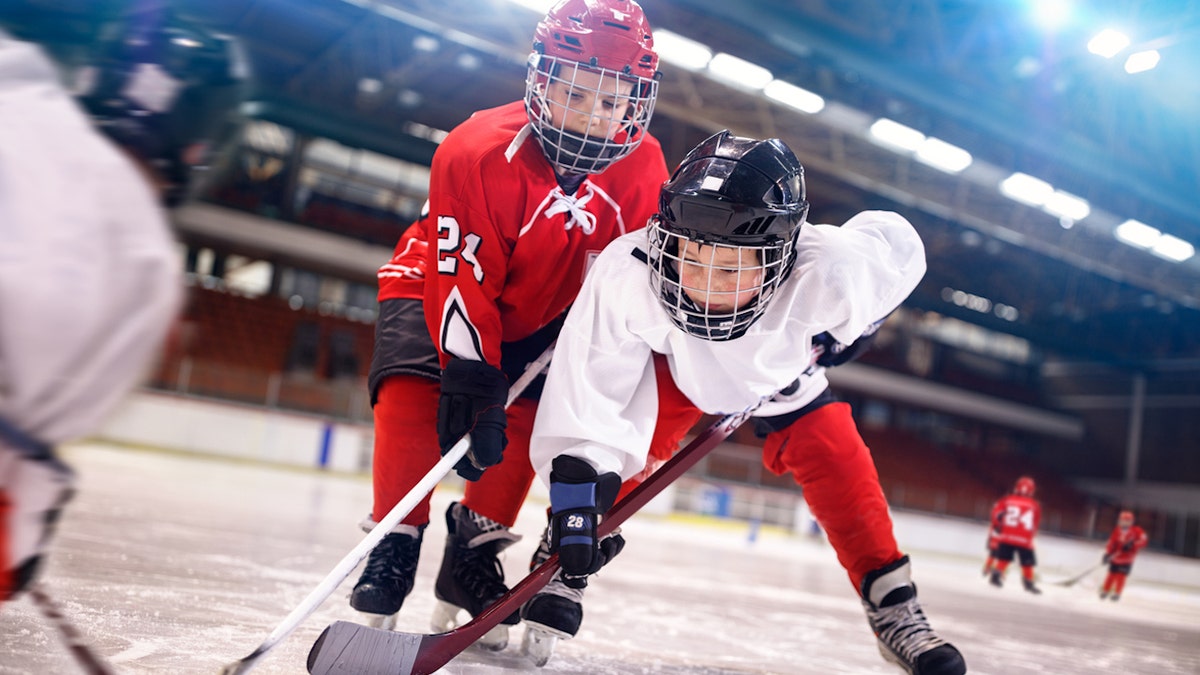
An intense volume of training could affect a young athlete’s sense of well-being and quality of life, the new report noted. (iStock)
Dr. Joel Brenner, M.D., one of the authors of the published report, noted in the release, “Sports are such a powerful and fun motivator to keep youth physically and mentally active, but some youth may feel pressure from parents, coaches and others to measure success only by performance.”
Practices like mindfulness and time away from sports could help prevent burnout and injuries, he suggested.
Hopkins said avoiding burnout and overtraining starts at home.
“I tell parents and kids that if you’re playing one sport for more hours of a week than your age, you’re doing too much of that sport.”
CLICK HERE TO SIGN UP FOR OUR HEALTH NEWSLETTER
Both experts recommended incorporating weight training to help strengthen muscles.
The young athletes should also work with an experienced trainer, said Hopkins, who can monitor the athlete’s form to avoid injuries.
The athletes should “avoid ego lifting” and gradually build up weight resistance, noted Barsi.
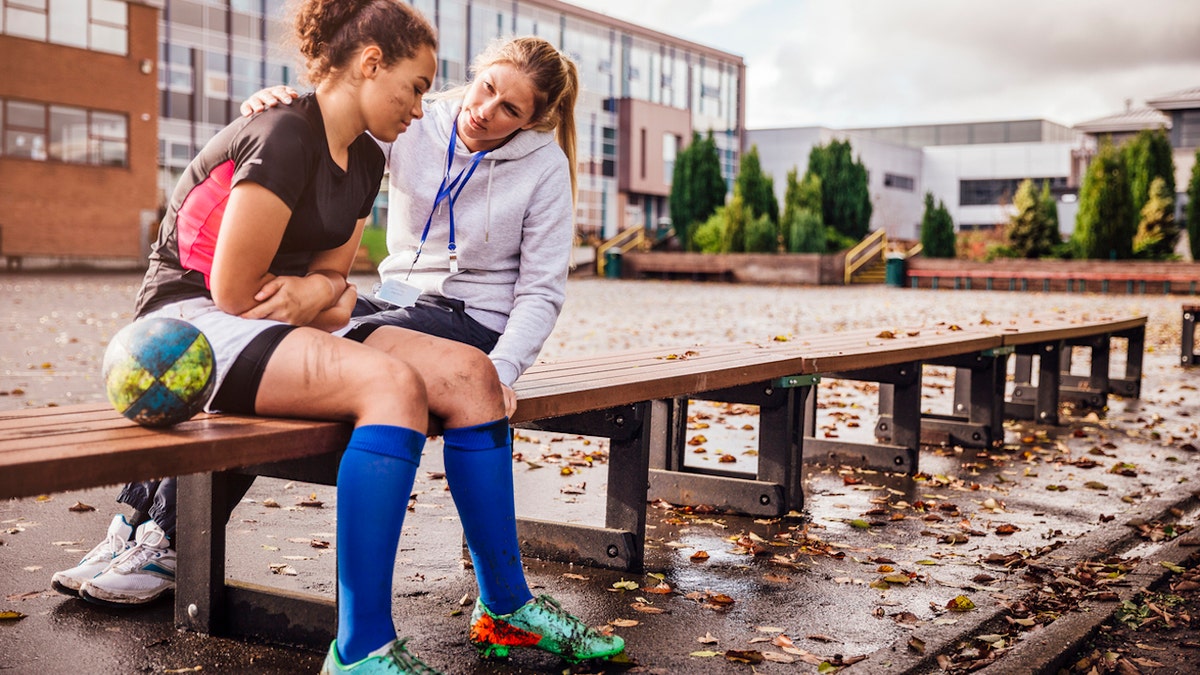
If an athlete displays signs of overtraining or burnout, it’s best to change the contributing factors and consult with a mental health professional if needed, the AAP advised. (iStock)
For clinicians working with families, the AAP report included specific recommendations to help encourage healthy participation in athletics.
Some suggestions include having the athlete undergo a pre-participation exam by their pediatrician, promoting skill development and avoiding overtraining and overscheduling.
CLICK HERE TO GET THE FOX NEWS APP
Other means of preventing burnout and injury include encouraging athletic autonomy; fostering positive experiences with coaches, parents and peers; and keeping workouts interesting and fun by incorporating age-appropriate games and training.
If an athlete displays signs of overtraining or burnout, it’s best to change the contributing factors and consult with a mental health professional if needed, the AAP advised.
Fox News Digital reached out to the AAP for additional comment.
For more Health articles, visit www.foxnews.com/health.

